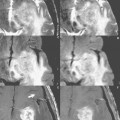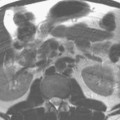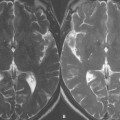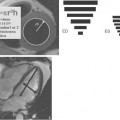99 Motion: Ghosting and Smearing
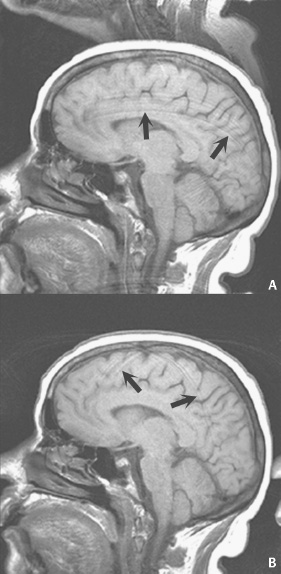
Fig. 99.1
Ghosting typically occurs in the phase-encoding direction, which is along the vertical axis in Fig. 99.1A and the horizontal axis in Fig. 99.1B. Note that wraparound artifact (see case 103) is present in both images also along the respective phase-encoding axes. Figures 99.1 and 99.2 display ghosts (arrows) caused by motion during acquisition of data that encodes edge information (high spatial frequency at the periphery of k space). Thus, motion artifact appears as edge-related ghosts of structures of high signal intensity. Figure 99.2A presents a T1-weighted axial image of the brain without motion artifact. With a small amount of motion (Fig. 99.2B), a few ghosts appear, but with more substantial motion (Fig. 99.2C
Stay updated, free articles. Join our Telegram channel

Full access? Get Clinical Tree




